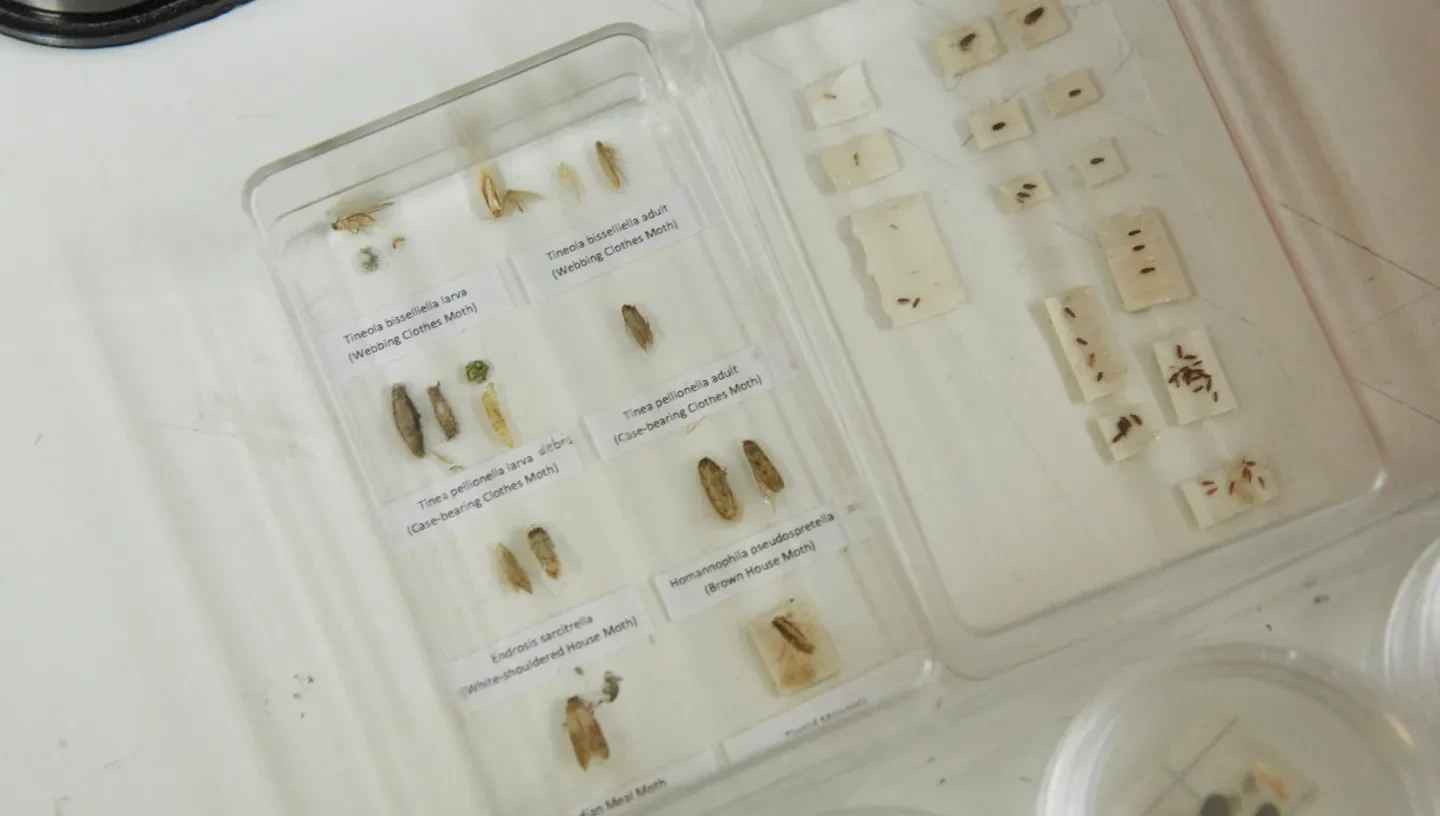
Managing object environments
The Conservation and Preservation Department ensures objects are kept in the best possible conditions for their preservation.
A key part of our role is to manage environmental risk factors such as incorrect humidity and temperature as well as light and pollutants. Objects damaged by environmental factors may require substantial conservation. In some cases, the damage can be irreversible.
Damage caused by humidity and temperature
Corroding metal, mouldy paper, splitting wood and weakened joints are all indications of damage caused by unstable humidity levels. The Conservation and Preservation team closely monitor humidity and temperature using radio telemetric transmitters. The data is gathered in all our stores and galleries and is regularly analysed to highlight problem areas. We have over 200 sensors strategically positioned across the entire estate.
Damage caused by light and UV radiation
Faded water colours and silks, darkened varnishes and colour shifting can be visible consequences of chemical changes caused by light and UV radiation. To protect our collections from such unwanted and irreversible changes, the team advises on display lighting. The recommendations typically take into account the intensity of the light, the length of exposure, the nature of the objects and of course the visitor’s needs.
Damage caused by pollutants
Silver tarnish, embrittlement of paper and textiles and advanced metal corrosion are among the types of damage caused by polluted air. Managing pollutant levels in the museum environment is very complex. There are a number of potential pollutant sources including exhaust fumes from the outdoors, the objects themselves and also many materials typically used indoors including MDF, wood, certain paints, floor finishes and fabrics. As a consequence we have to be very selective about the materials used in close proximity to our objects.